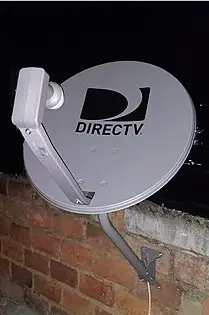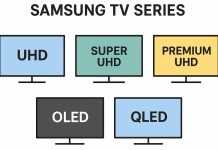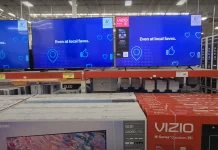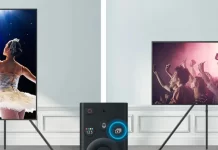RVU on a television refers to an integrated protocol that allows the device to function as a “thin client,” seamlessly streaming content from a central server. With this capability, an RVU-enabled TV doesn’t require a separate set-top box or cable connection. Instead, it can access video directly from a primary device—such as a Genie DVR—within the same home network. Similar in purpose to the DLNA (Digital Living Network Alliance) standard, RVU facilitates media sharing across devices via Wi-Fi or Ethernet.
To utilize this feature, the TV must be equipped with RVU-compatible software capable of communicating with the central server. This includes supporting functions like playback, pause, and rewind. If your television supports RVU, you’ll typically find the RVU logo noted in its specifications or user manual.
The Sunset of RVU
RVU was a protocol used for distributing video content from a central device to multiple TVs within a home. By 2016, TV manufacturers stopped including RVU support in new models. In 2017, the RVU Alliance was officially disbanded.
This change was caused by the development of internet technology and the growing popularity of streaming services such as Netflix, Disney+, and Hulu. These platforms allowed users to access content on different devices through simple applications and did not require special hardware. As a result, RVU was no longer necessary and was gradually discontinued.
How the RVU Protocol Works
RVU is a software protocol that enables video content to be streamed from a central DVR (Digital Video Recorder) to multiple TVs connected to the same home network. This connection can be established either through Wi-Fi or a wired Ethernet setup. In an RVU system, the DVR acts as the main server, while the TVs function as clients that receive the video stream. The televisions themselves do not process or store the content—they simply display what is provided by the DVR.
The main advantage of RVU is that it removes the need for separate set-top boxes for each TV in the home. This simplifies the overall setup and allows users to access live or recorded content from any RVU-compatible TV without additional equipment. Functions like pause, rewind, and fast-forward work seamlessly on these TVs, just as they would on the primary DVR.

DirecTV was one of the main providers to implement RVU technology. With devices such as the Genie DVR and its mini versions, users could connect a single DVR to a satellite dish and the internet, then stream content to any RVU-compatible television in the house. This created a centralized system where one device handled all the content, and the rest of the TVs simply displayed it via the home network.






